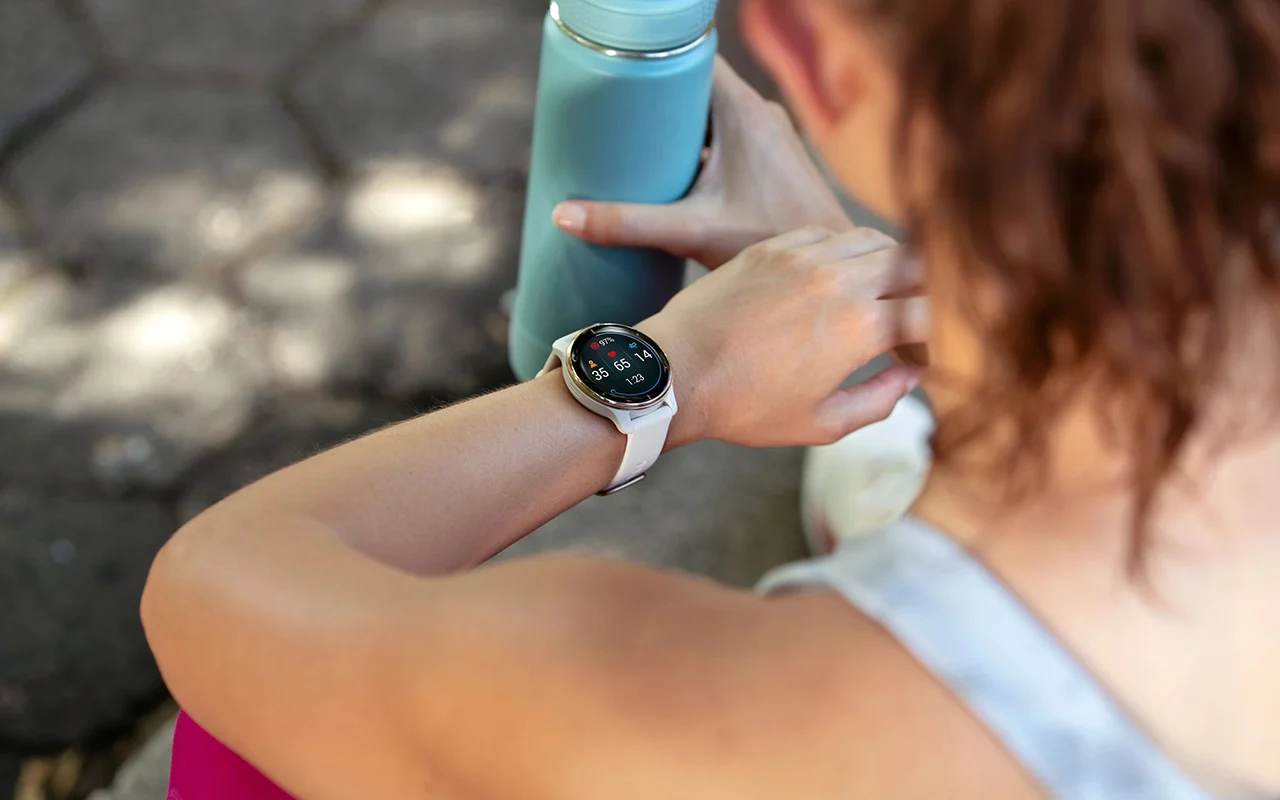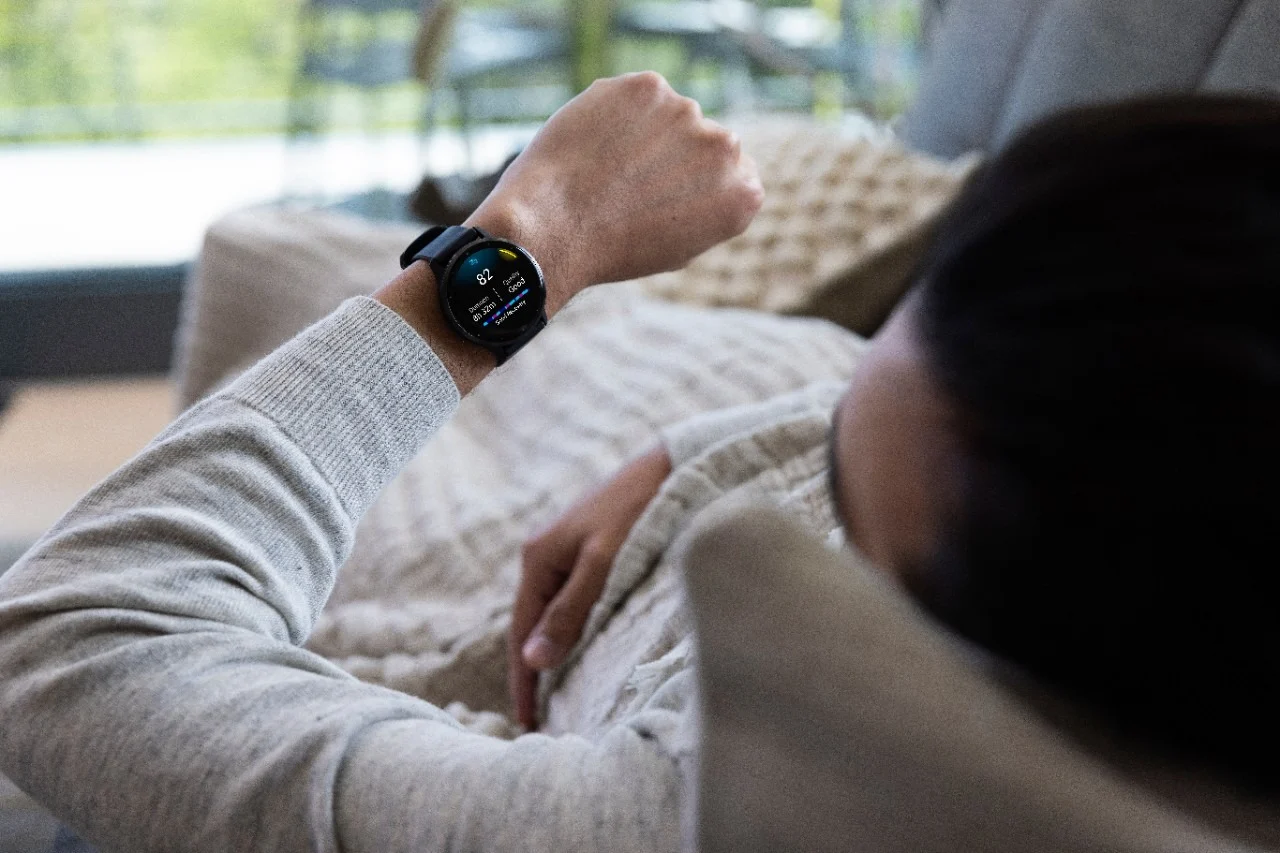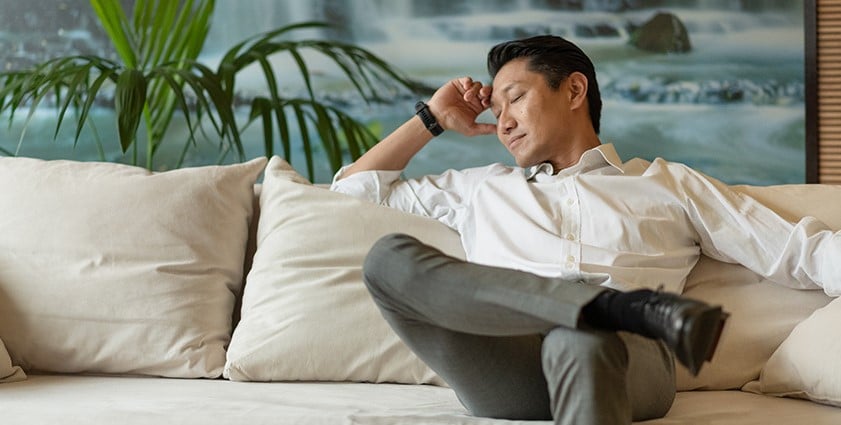
Are you still using your age as an excuse? How much does age affect our endurance?
With the increase of age, various functions of the body decline; however, the decline in endurance and cardiovascular function isn’t as great. However, active exercise can reduce the effect of age on athletic ability, while the effect of the age factor on cardiovascular function and endurance is actually less than the effect of the amount of activity.
Effect of Age on Muscular Endurance
The neuromuscular changes caused by age will have a certain amount of impact on the decline of human strength and endurance, but active exercise can reduce the effect of age on athletic ability.
Although the elderly who are actively involved in exercise will lose muscle mass, the muscles retained in the body can still have a better completeness in structure and biochemical components. The number of capillaries per unit of muscle in both young and old endurance athletes is similar.
The oxidase activity of muscles in elderly endurance athletes is only 10%-15% lower than that of young endurance athletes. Therefore, the oxidative capacity of skeletal muscles of elderly runners who perform system endurance training is only slightly lower than that of young professional athletes. In other words, the effect of age on skeletal muscle endurance training is very small.
Muscle fibers are split into two types, red muscle fibers and white muscle fibers, which are also, respectively, known as slow twitch muscle fibers (Type I) and fast twitch muscle fibers (Type II).
The contraction of white muscles is faster, and can produce faster speed and more explosive power, yet will also cause fatigue much more easier. This is a muscle fiber type that is more suitable for explosive-type exercises. In contrast, the contraction of red muscles is slower, and the speed and explosive power produced are comparatively smaller. However, it has better endurance, so it is more suitable for endurance sports.

A study that lasted for two decades discovered that exercise volume or intensity, or both, could have an important impact on the proportion of muscle fibers in the elderly.
A muscle test on the gastrocnemius muscle (calf muscle) was performed on a group of former professional middle- and long-distance runners from 1970 to 1974, and was again tested in 1992. It was discovered that those of them who had reduced their physical activity after retirement (but still maintained normal fitness activities) or even become sedentary (no longer doing physical exercises) have significantly increased their slow twitch muscle ratio than when they were 18-22 years old. The muscle fiber ratio of those athletes who have continued training after retirement has hardly changed.
Although some of the systematically-trained athletes had a slight increase in their ratio of slow twitch muscles, on the whole, compared to when they were 18-22 years old, the muscle fiber ratio of these individuals did not change.
Even though the capillary density of muscles does not decrease with age, the surrounding blood flow (i.e. blood flow in the limbs) does decrease. Studies show that compared with young athletes who train systematically, the blood flow in the lower limbs was reduced by 10%-15% for middle-aged athletes at specific exercise intensities.
However, this reduction of blood flow in the lower limbs in middle-aged and elderly endurance athletes is compensated in the form of arteriovenous oxygen partial pressure difference (i.e. increased oxygen consumption in muscles).
Therefore, although age can cause reduced blood flow in the limbs, the oxygen consumption in the muscles of the elderly at specific sub-maximal intensities will not have that big of a change compared to young people.

Arteriovenous oxygen partial pressure difference in the muscles is the difference between the partial pressure of the oxygenated blood flowing into the muscles and the partial pressure of the unoxygenated blood flowing out of the muscles. Then you’ll know how much oxygen is used by the muscles.
During strenuous exercise, both the average elderly and elderly athletes are able to maintain close to maximum arterial oxygen saturation. Therefore, the decline in the VO2 Max of elderly athletes has little to do with the changes in their lung function and the blood oxygen carrying capacity.
The main reason is probably from the decrease in blood flow to the muscles. Age causes the maximum heart rate to decrease, which will lead to a decline in cardiac output, as well as a decrease in blood flow to the muscles. The arteriovenous oxygen partial pressure difference under sub-maximal intensities of elderly athletes can still be maintained, which indicate that with age, the oxygen consumption of muscles will not change.

Effect of Age on Cardiovascular Function
For middle-aged people who are sedentary or systematically trained, as their ages increase, their maximum heart rates have similar downward trends. For example, both being at 50 years old, the maximum heart rate of ordinary people is similar to that of mid-distance runners who have retired or are still in training.
The maximum stroke volume (SVmax) of elderly people undergoing systematic training will show a steady decline. The main reason is the decrease in heart rate, while the secondary reason is the decrease in stroke volume.
Research on endurance athletes showed that the decrease in VO2 Max of the elderly is due to the decrease in SVmax, while their cardiac chamber volume is similar to that of young athletes, which indicates that the decrease in maximum heart rate is the main reason for the decrease in VO2 Max. Many studies on ordinary men and women have found that SVmax decreases significantly with age.

The maximum heart rate will slowly decrease with age and is also the reason for causing the gradual decline of VO2 Max.
It is difficult to determine how much age and the reduction in the amount of activity each affects the decrease in stroke volume, cardiac output, and surrounding blood flow. Research suggests that both are influential, but the magnitude of impact of each is difficult to determine. However, although the training volume and intensity of elderly athletes are usually lower than those younger athletes in their 20s, the effect of the age factor on the decrease of cardiovascular function and endurance should be less than the effect from the amount of activity.
The decrease in cardiovascular function with increasing age is mainly due to the decrease in VO2 Max.
Unless a person always maintains systematic exercise, his/her past training experience will have little impact on future endurance levels. However, because the starting point of those with training experience will be relatively higher, even if there’s a sharp drop in the endurance level, the impact on their daily lives will still be very small. Moreover, the decrease in VO2 Max caused by age varies greatly from individual to individual.
In the early 2000s, a follow-up survey that lasted for 25 years retested a group of elderly long-distance runners who maintained systematic training. These people have been tested when they were 18-25 years old. Between these two tests, these runners still maintained the same relative training intensities as when they were young.
The study discovered that their VO2 Max decreased by only 3.6%. Although their VO2 Max decreased from 69 ml/kg/min to 64.3 ml/kg/min, the average annual decrease was only 0.19 ml/kg/min or 0.3%. And the main reason for the decrease was weight gain. The decline in VO2 Max of these people is much less than those who are sedentary and those who do not exercise as much as they do.

The latest research has found that high-intensity training for the elderly can help improve their level of endurance and strength. The main reason young people can increase their VO2 Max through high-intensity training is because of an increase in maximum cardiac output, while the reason for the elderly is because of an increase in muscle oxidase activity. Compared to young people, the adaptation of the elderly in aerobic exercises is mainly due to factors concerning nearby muscles.
Summary:
1. The effect of age on muscle endurance and cardiopulmonary endurance is far less than a decrease in the amount of activity;
2. The surrounding blood flow decrease in elderly athletes, but is compensated through an increase in the arteriovenous oxygen partial pressure difference in the muscles, and the oxygen uptake is not as greatly impacted;
3. VO2 Max decreases slowly with increasing age and this is mainly due to the slow decrease in maximum heart rate.
Summarizing more simply, don’t use age as an excuse for physical decline. It’s not because of aging that we are unable to move, but because we don’t move that causes aging.




